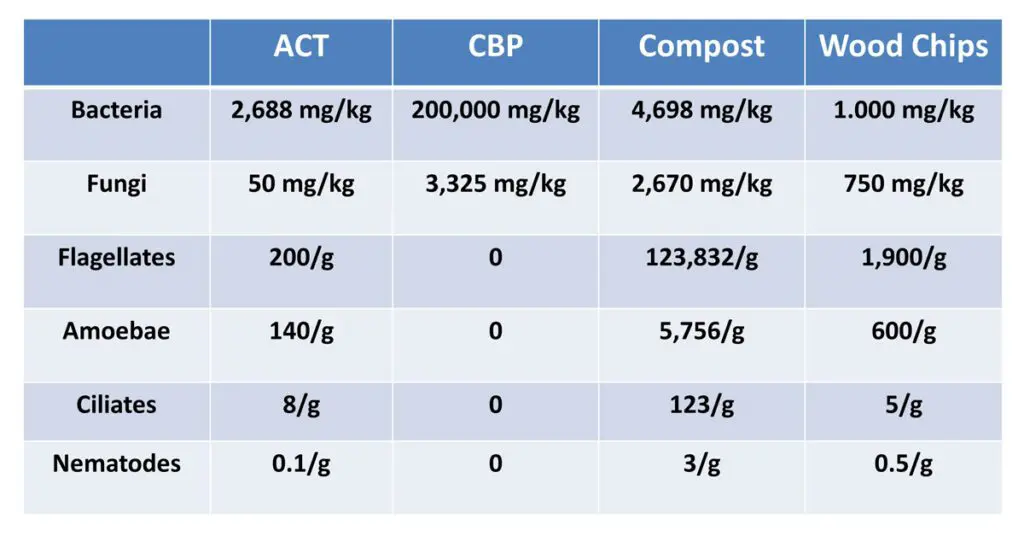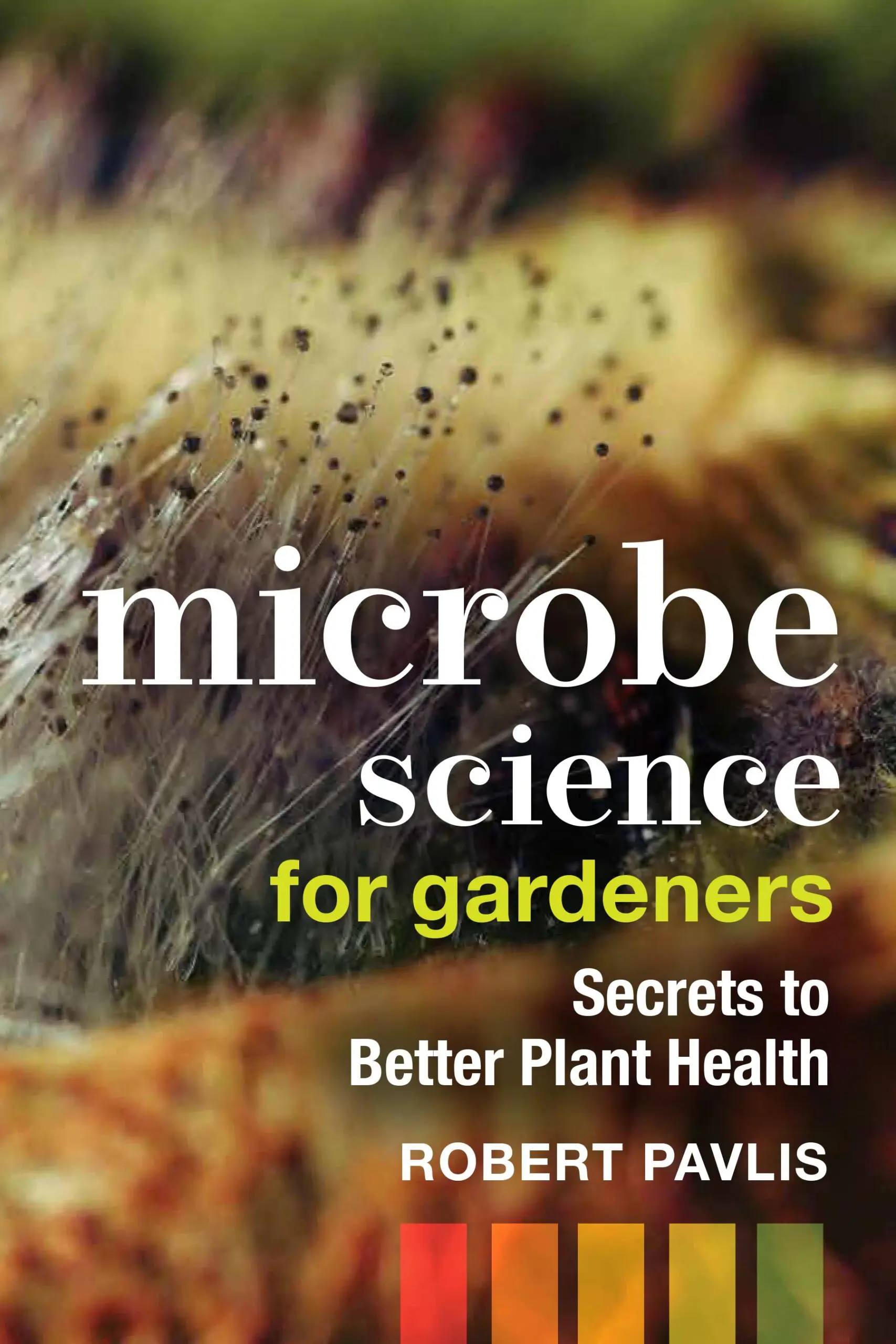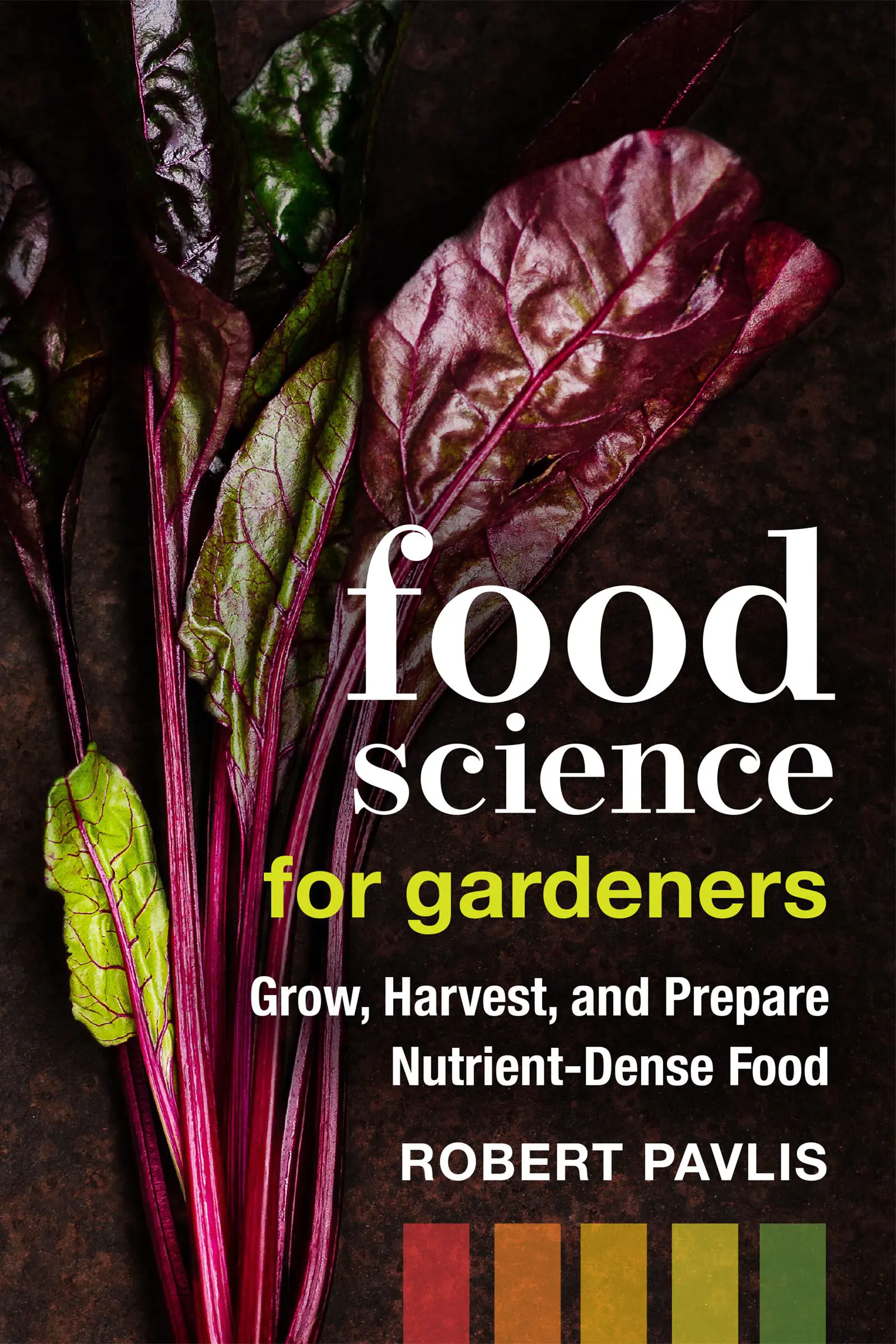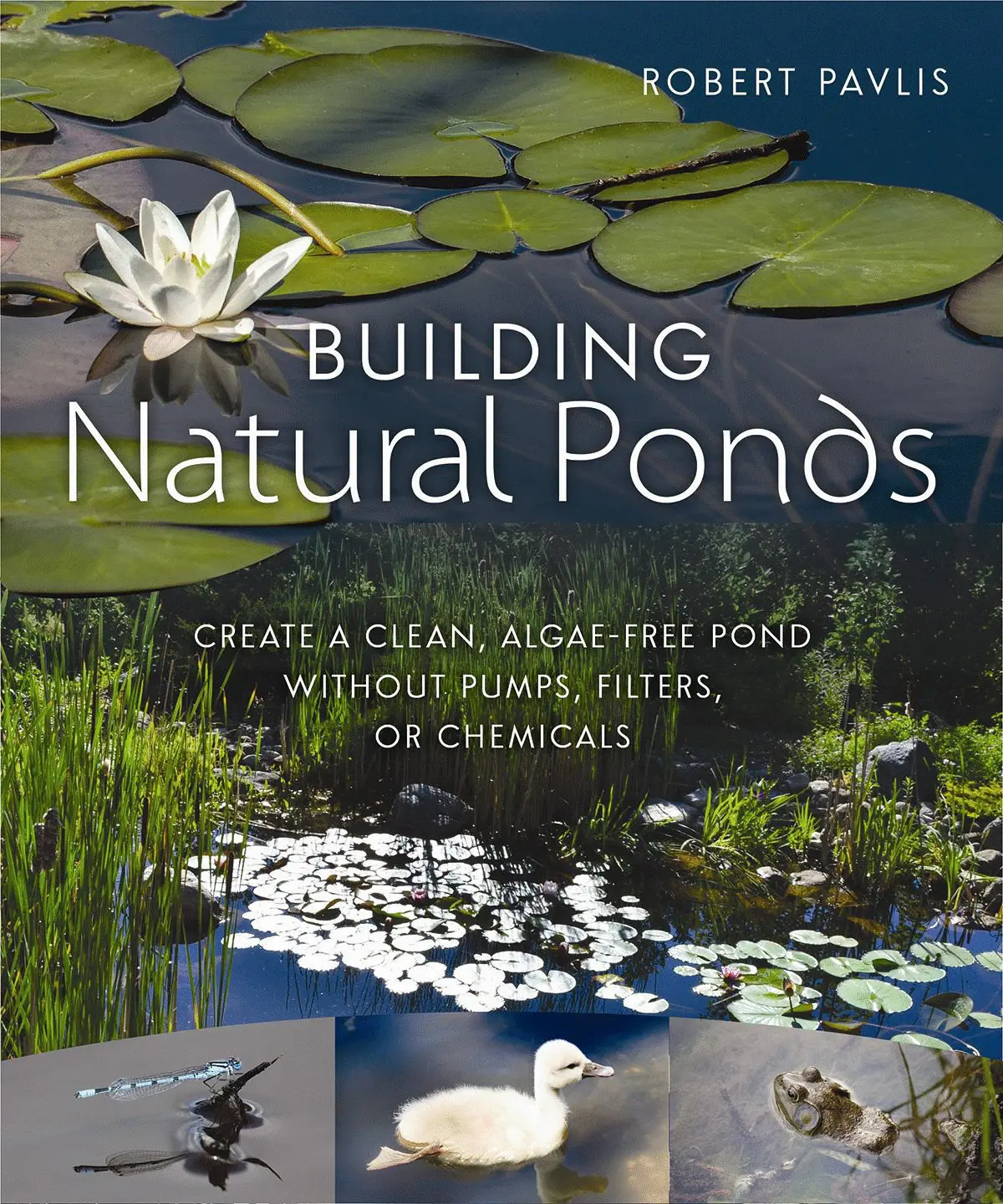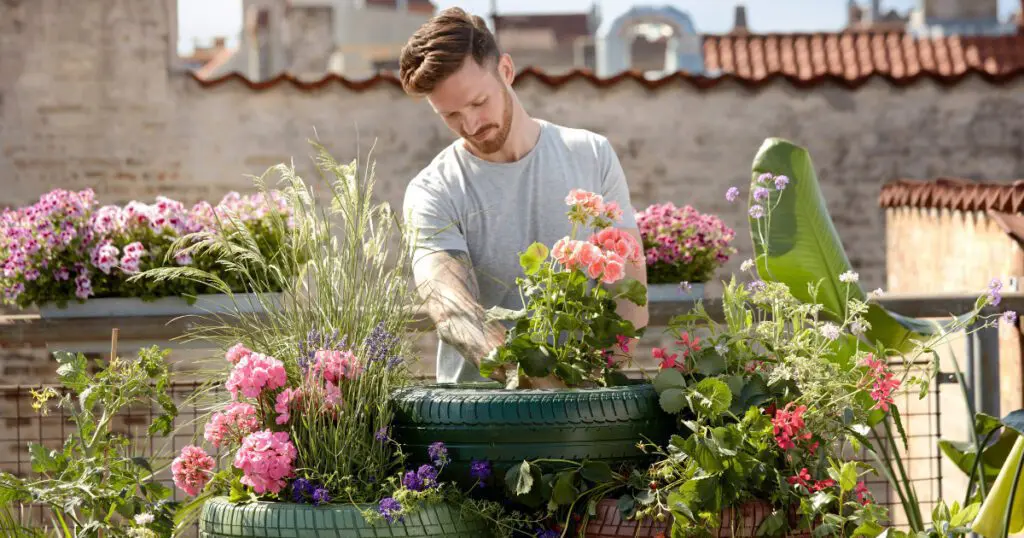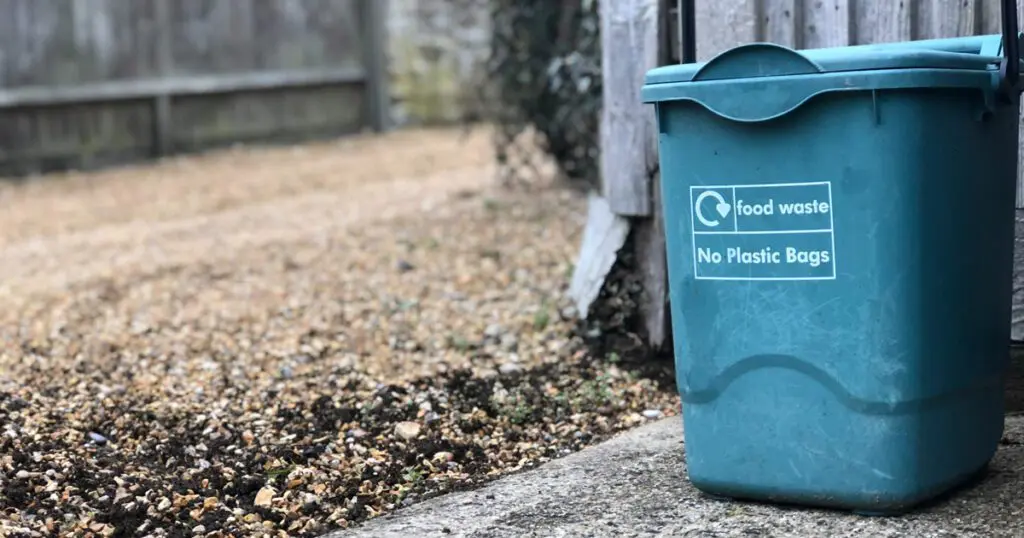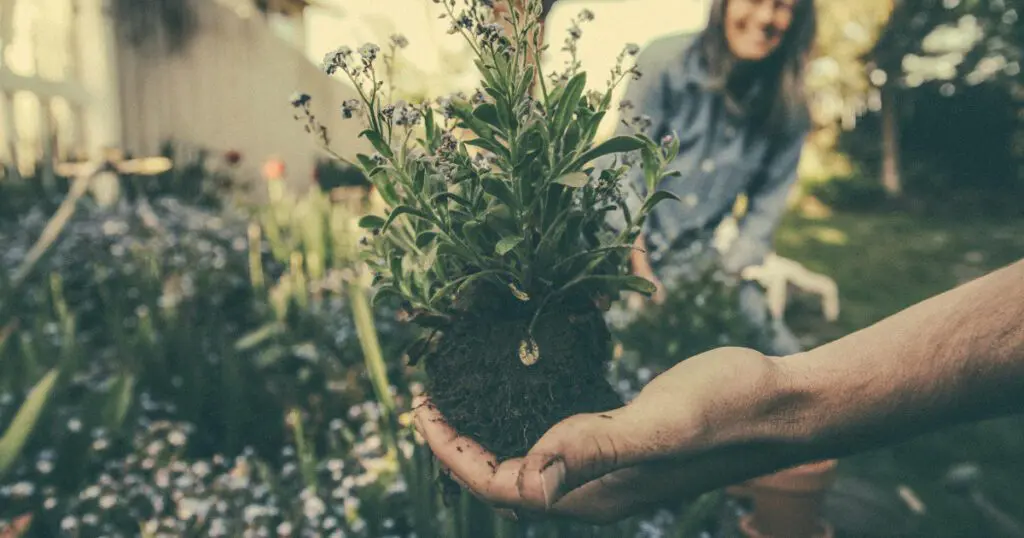
In Compost Science for Gardeners, author Robert Pavlis guides the reader through a comparison of all the common composting methods from a how-to perspective. Readers will come away from this book with a clear understanding of the benefits of composting – both for soil and climate health.
In today’s excerpt, we’ll look at a list of the benefits of composting, as well as bust a surprising myth about soil microbes.
Benefits of Composting
Compost has many benefits for the gardener. This section is an overview of these benefits, which are discussed in more detail throughout the book.
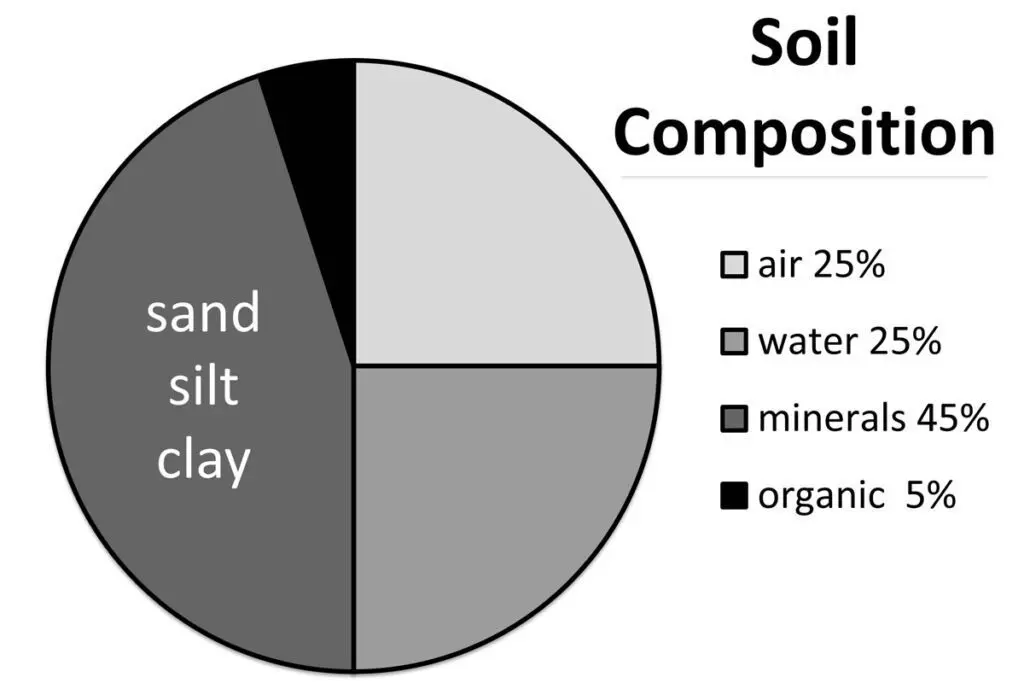
Compost as a Mulch
Used as mulch, compost provides most of the benefits of other types of mulches. It keeps the soil cool, which plant roots love, and it reduces evaporation, which keeps the soil moisture more constant and reduces watering frequency.
It may or may not help with weeds. It will keep seeds at the soil surface dark, preventing them from germinating. Unfortunately, any new seeds that land on top of the compost will find a perfect place to grow. Some compost can also contain viable seeds, in which case they will easily germinate in the mulch.
Compost as a Fertilizer
Compost contains a good supply of plant nutrients including all of the micronutrients. It also releases these nutrients over time, acting like a slow-release fertilizer. It is perfect in areas where you want a low but steady long-term feed, like most ornamental beds.
Cation exchange capacity (CEC) is a measure of the soil’s ability to hold nutrients. A higher CEC means that the soil can hold more, which is good for soil fertility. Soil with a low CEC holds fewer nutrients and results in poor plant growth.
Compost has a high CEC which means nutrients stick to it and are more slowly leached away. This is especially important for sandy soil that is unable to hold on to nutrients.
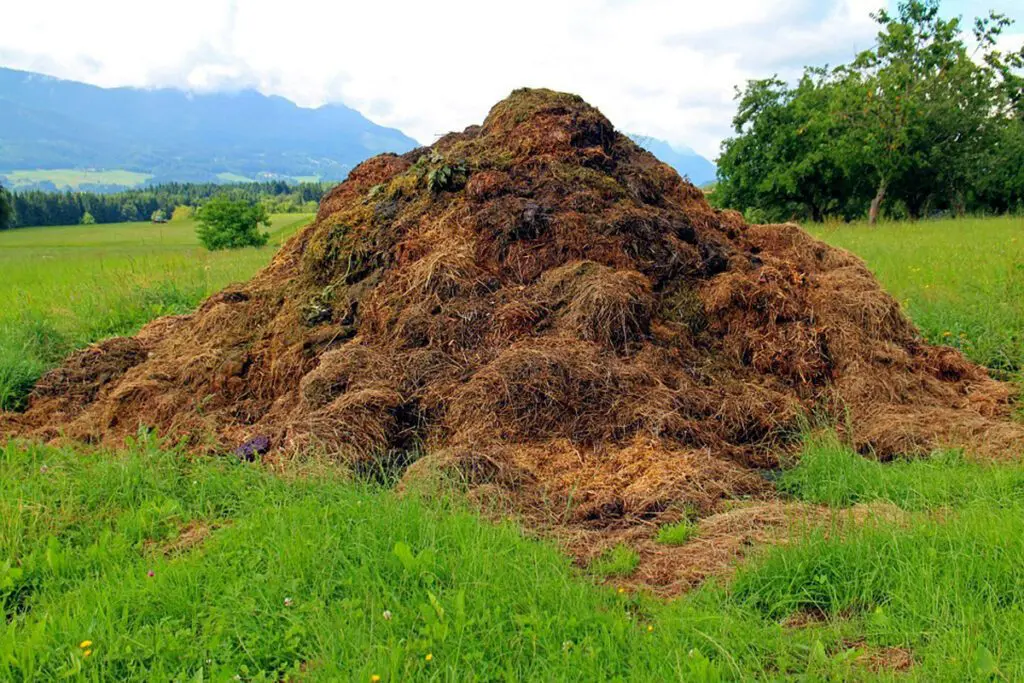
Compost as a Soil Builder
Compost is the best option for improving soil. If you have ever gone into the woods and felt the black crumbly soil you find there, you’ll know what good soil is— what we gardeners call black gold. That soil is the result of natural compost being added over hundreds or even thousands of years.
Compost helps build aggregation and improves the structure of both sandy soil and clay soil. Nothing improves soil better than compost.
Compost Retains Water
Compost holds a lot of water, keeping it near the soil surface where plant roots can get to it. It helps maintain an even moisture level thereby reducing watering needs.
A 5% increase in organic material quadruples the soil’s ability to hold water. Compost holds water equal to 200% of its own dry weight.
Compost Removes Toxins
It’s like a sponge for heavy metals like lead and cadmium. Compost grabs hold of them as they float by in the soil solution and holds on to them so that plants are exposed to lower levels.
Compost can also hold onto other toxins, like pesticides.
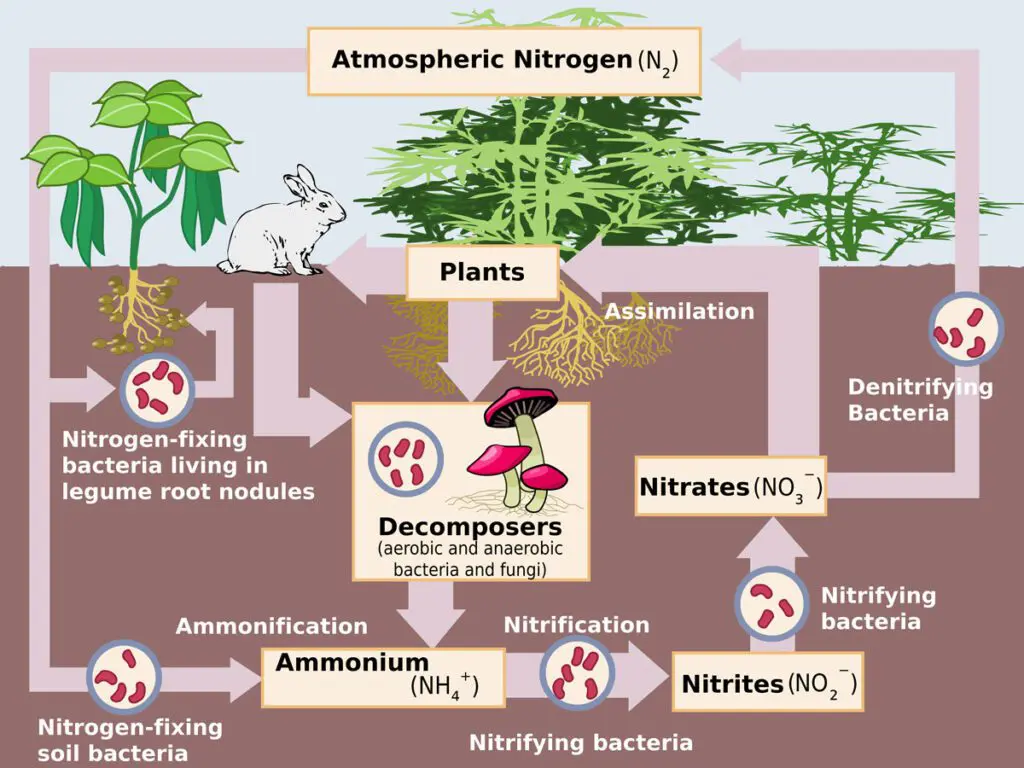
Compost Buffers pH
Both acidic and alkaline soils are neutralized, bringing the pH level closer to the optimum range for plants (6 to 7).
Compost Increases Microbes in Soil
The secret to healthy soil are the microbes. More microbes translate into better soil, which results in better plants. Compost not only provides food for microbes but it also gives them a place to hide.
Compost Helps the Environment
Composting uses organic waste material that would normally end up in landfill. This reduces the amount of material going to landfill while at the same time reducing greenhouse gases like methane.
The Microorganism Myth
Microorganisms (microbes) are responsible for improving the structure of soil. They also decompose organic matter to release nutrients that plants can use. They are critical for the health of soil and plants.
One way of determining soil health is to measure the number of microbes. The more microbes in soil, the healthier the soil.
Knowing this fact, people automatically assume that adding more microbes to soil will improve it, and most information online or in books supports this idea. Manufacturers even sell bottled microbes to make it easy to “improve soil.” The sad fact is that this is all a big myth.
Adding microbes to soil does not increase the number or diversity of microbes living in soil.
You might be sitting there shaking your head thinking that can’t be true. If you add more, you obviously have more, which is actually true for a short while. However, in a matter of hours, the number of microbes will be back to the level you had before you added them.

Think of soil as being a football stadium. It has 50,000 seats and every seat is full. Another 5,000 sport fans arrive looking for seats, but they are all full, so the latecomers can’t stay.
If you have crappy soil, your stadium may only hold 10,000 seats, but they are always full. Good soil has 80,000 seats, and they are always full too.
Microbes multiply very quickly, with some species doubling in number every 20 minutes. The number of microbes in soil at any given time depends on moisture, temperature, air, and available food. Of these, food is the most important parameter controlling populations. If available food increases, the population explodes. As food levels drop, microbes die off.
The key point is that at any given point in time, the population is at a maximum level for the current food, air, temperature, and moisture levels. The available seats are always full.
Improving any of the four parameters will result in a higher number of microbes, but just adding more microbes will have no effect.
What happens when compost is added to soil? It contains microbes and microbe food, the organic matter. Just like soil, the compost also has all of its seats filled with microbes. Adding this to soil does increase the total number of microbes but only to the extent that the organic matter can support them.
